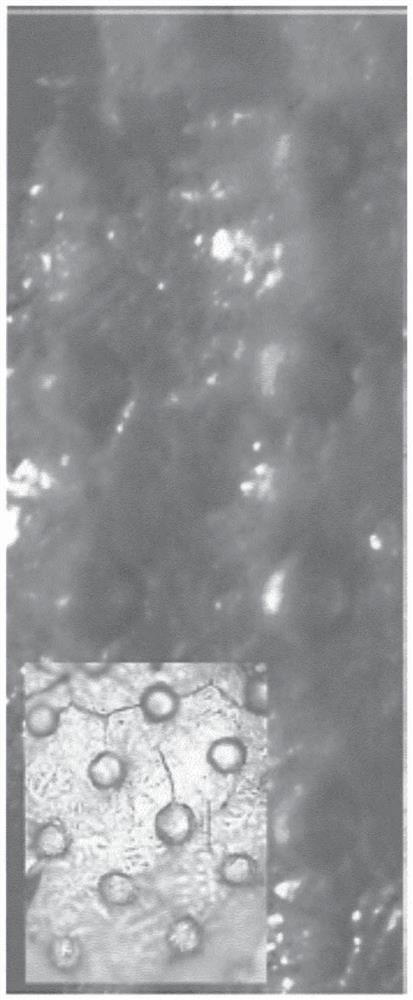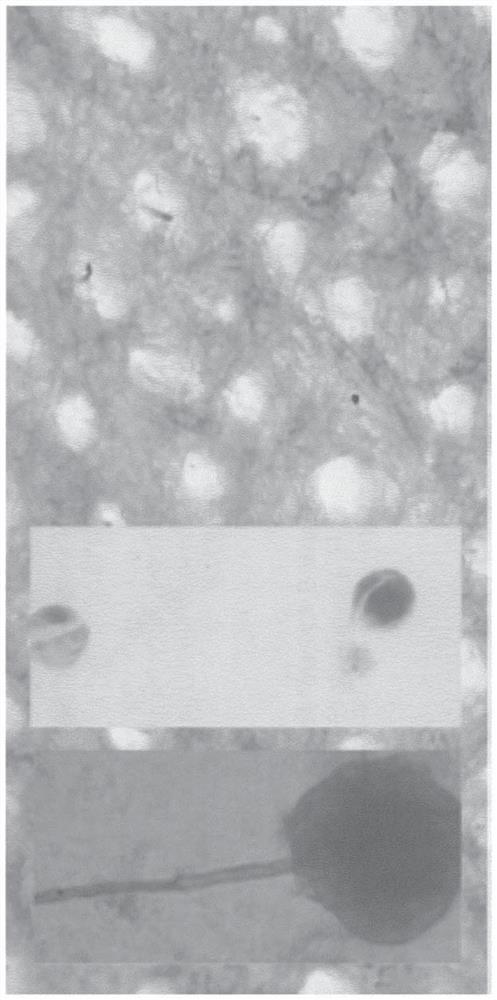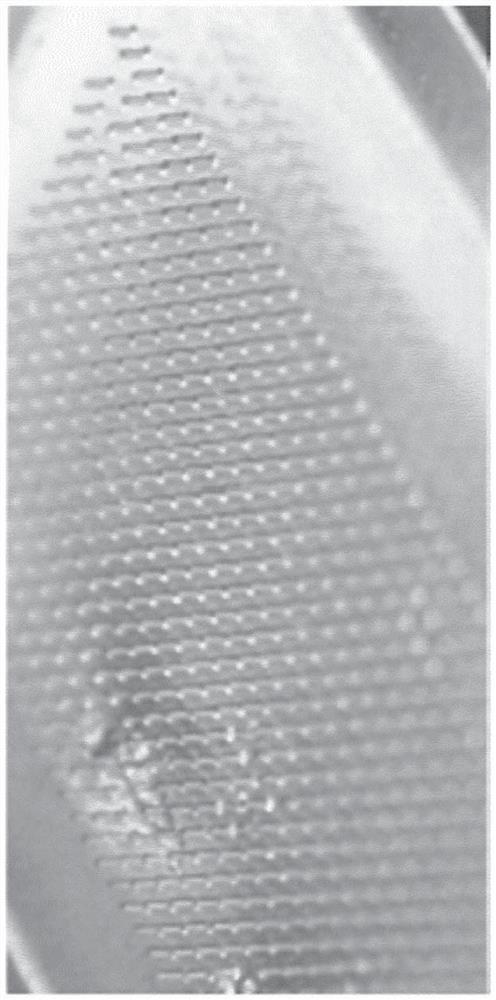Process for producing skin equivalents and their use for in vitro testing and in vivo transplantation
An equivalent, dermatological technology, applied in biological testing, biochemical equipment and methods, microbiology, etc., that can solve problems such as unsatisfactory results, limitations of high production capacity methods, etc.
- Summary
- Abstract
- Description
- Claims
- Application Information
AI Technical Summary
Problems solved by technology
Method used
Image
Examples
Embodiment Construction
[0106] Isolation of multiple cell types from hair follicles
[0107] DPF, CTSF, MC and KC were isolated from human hair follicles according to a modification of standard protocols (eg as described in Magerl et al., supra). Isolated hair follicles from punch biopsies or dissected hair follicles from FUT hair transplants were fixed on the hair shaft with a pair of forceps, and the connective tissue sheath was dissected and carefully radially separated from it with another pair of forceps, thereby flipping the hair. Ball and expose the dermal papilla and hair shaft with hair matrix. In this way, the proximal part of the hair bulb with connective tissue sheath fibroblasts and dermal papilla can be separated very easily from the rest of the follicle with the assistance of the needle / cannula. Hair shafts containing equally desirable hair stromal keratinocytes and melanocytes are also optimally dissected for further culture.
[0108] The dermal papillae and connective tissue caps...
PUM
| Property | Measurement | Unit |
|---|---|---|
| diameter | aaaaa | aaaaa |
| thickness | aaaaa | aaaaa |
| thickness | aaaaa | aaaaa |
Abstract
Description
Claims
Application Information
 Login to View More
Login to View More - R&D
- Intellectual Property
- Life Sciences
- Materials
- Tech Scout
- Unparalleled Data Quality
- Higher Quality Content
- 60% Fewer Hallucinations
Browse by: Latest US Patents, China's latest patents, Technical Efficacy Thesaurus, Application Domain, Technology Topic, Popular Technical Reports.
© 2025 PatSnap. All rights reserved.Legal|Privacy policy|Modern Slavery Act Transparency Statement|Sitemap|About US| Contact US: help@patsnap.com



